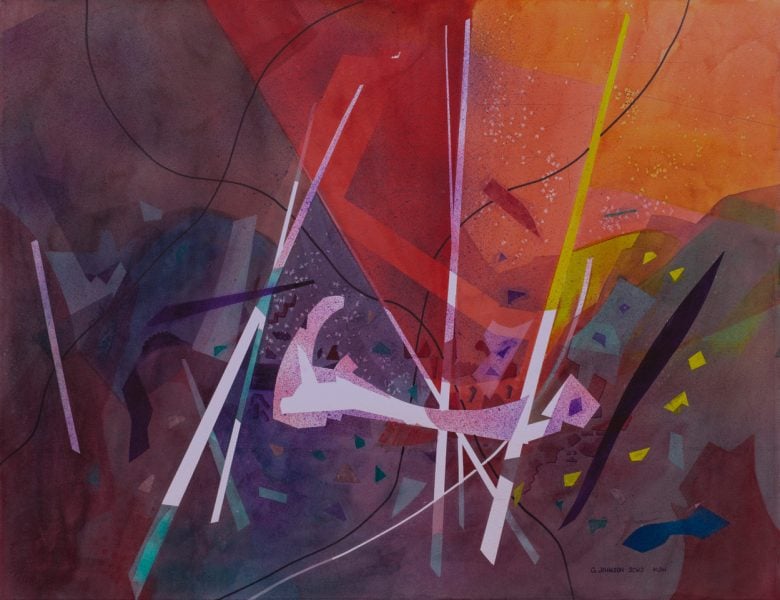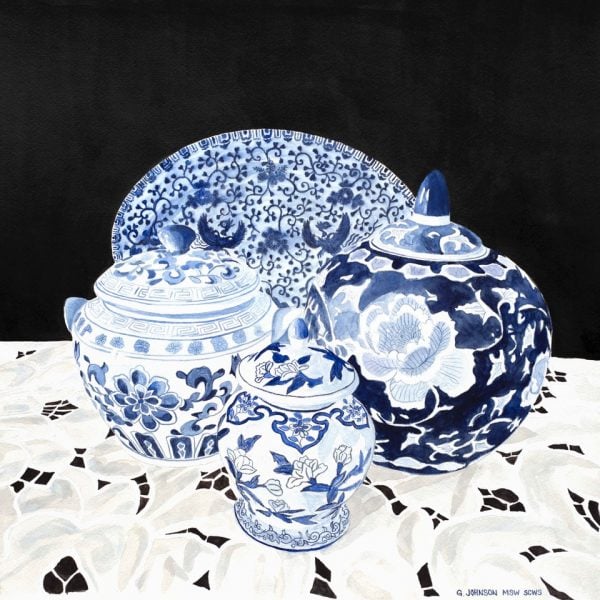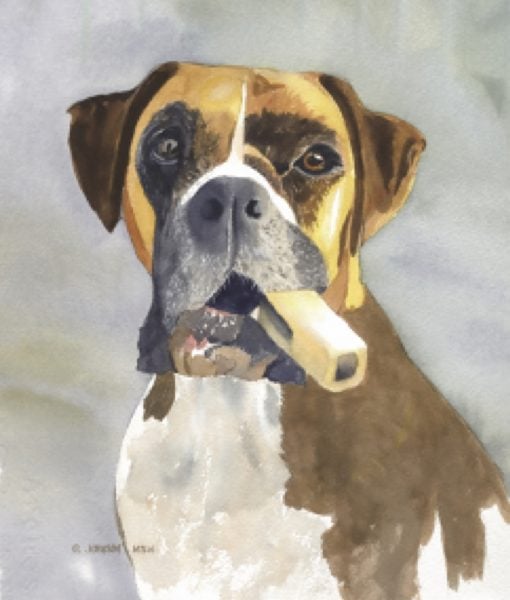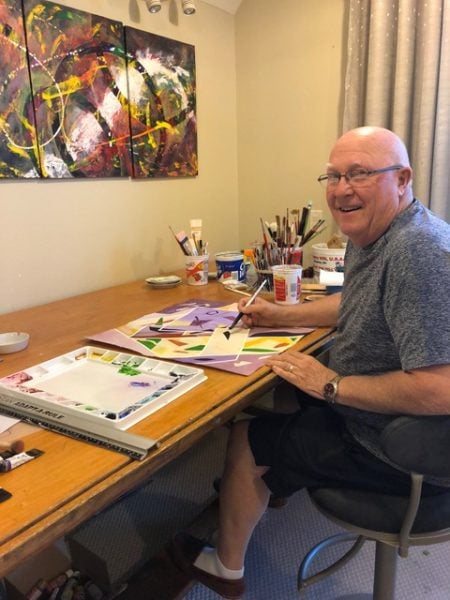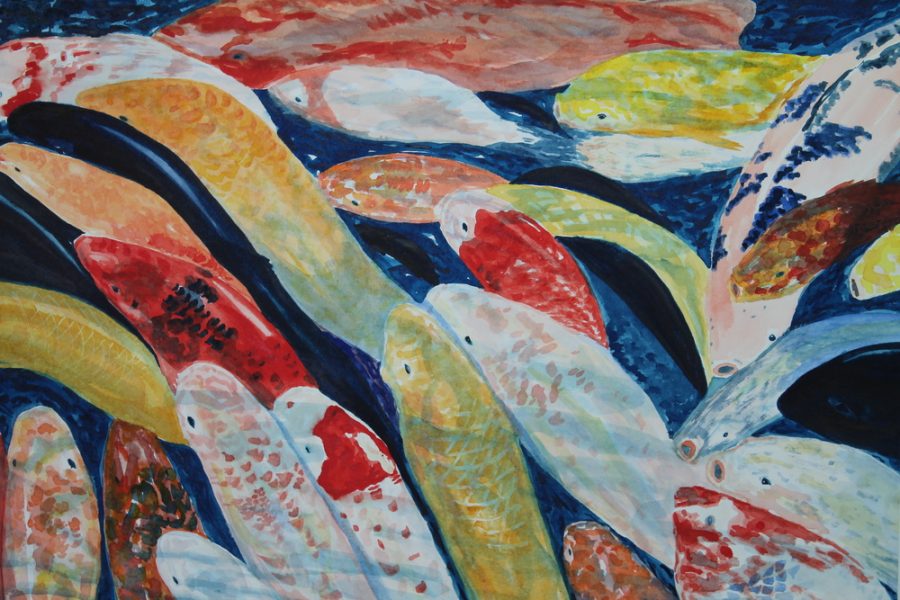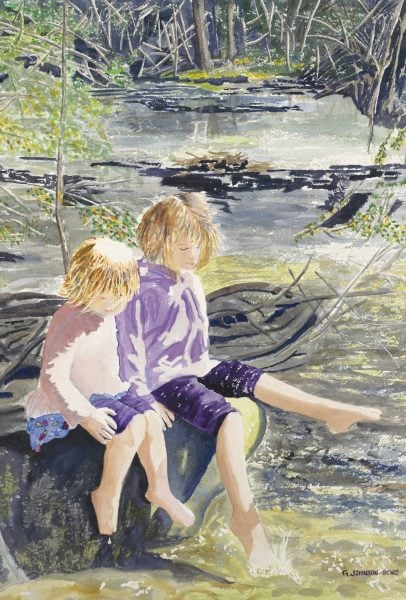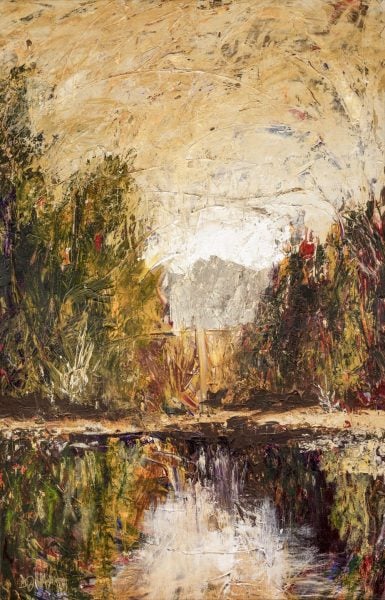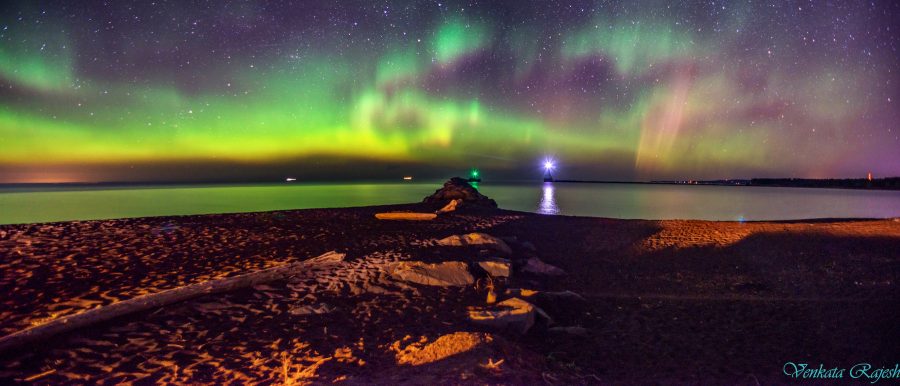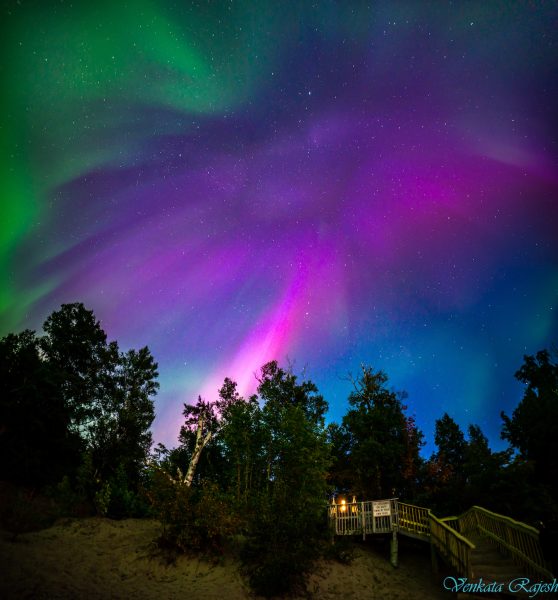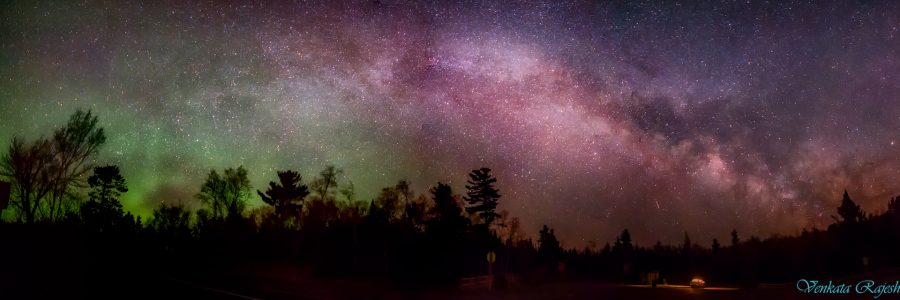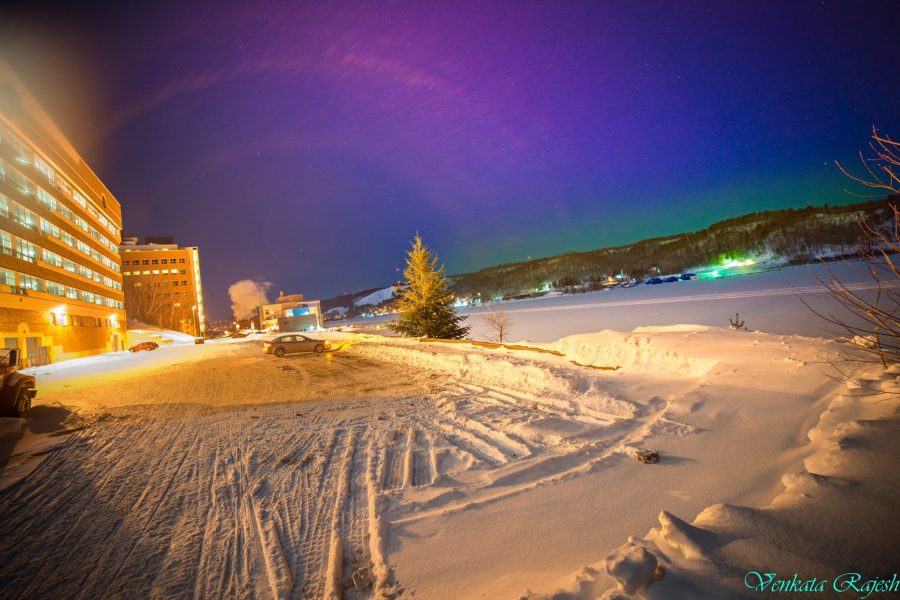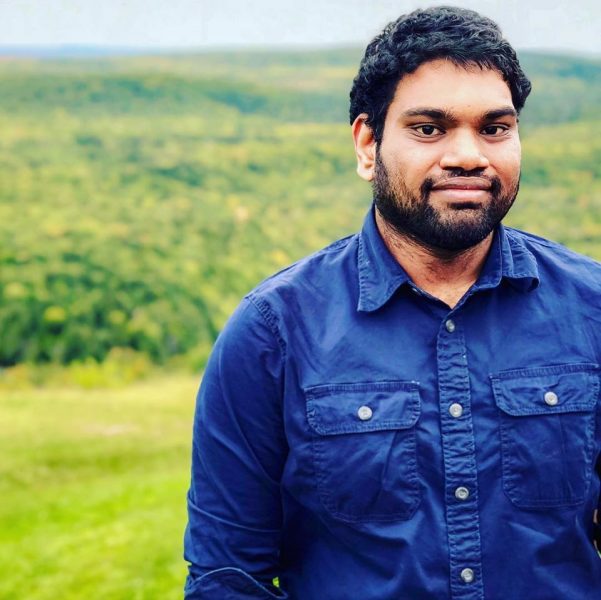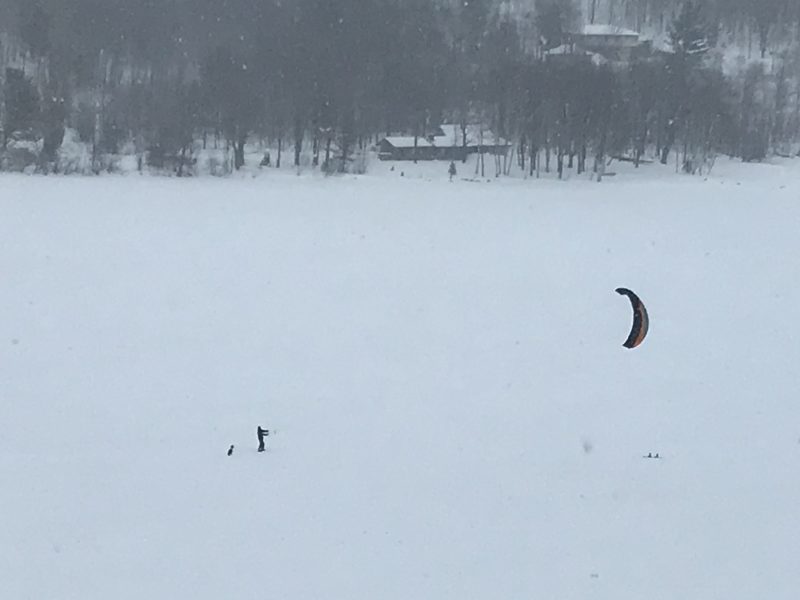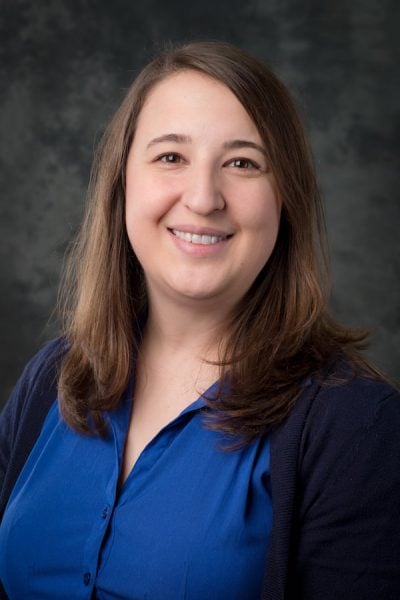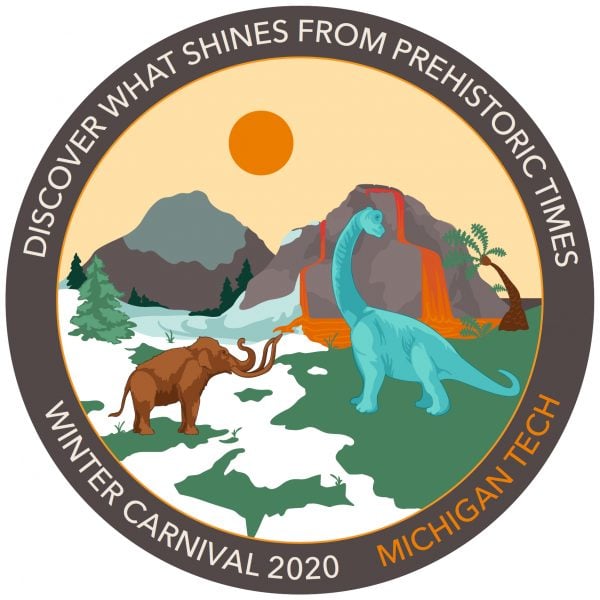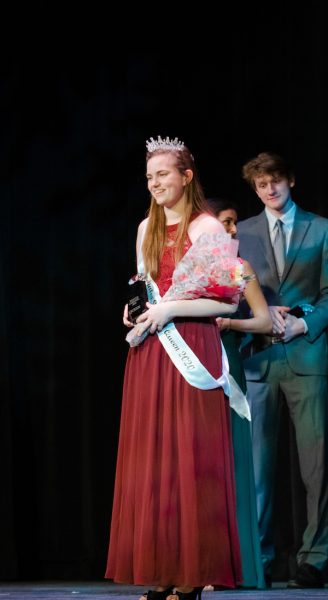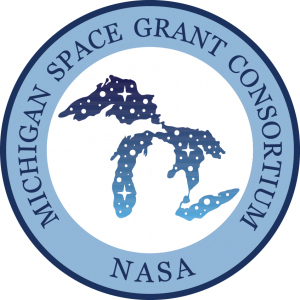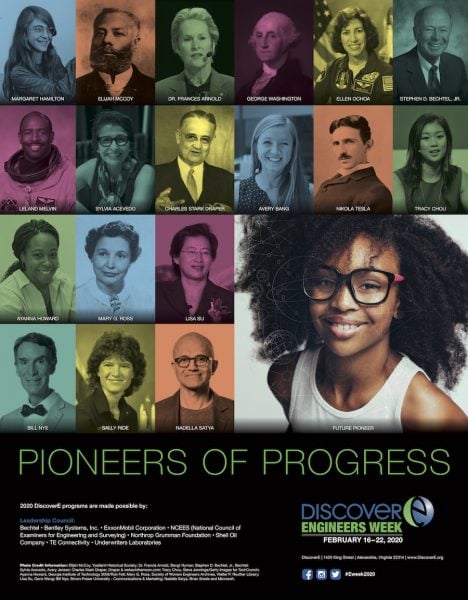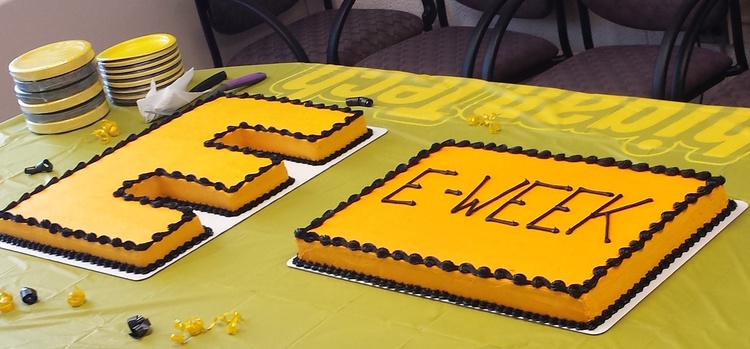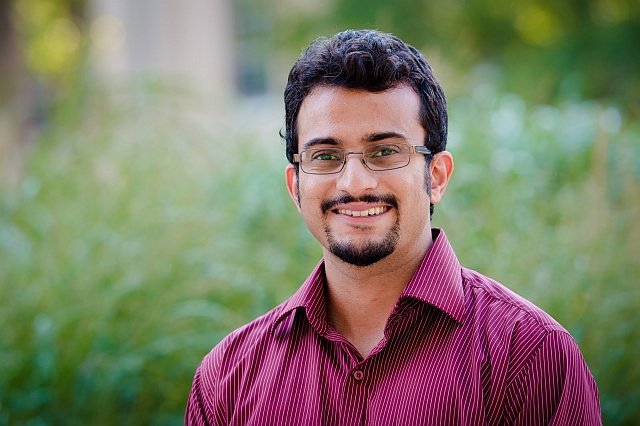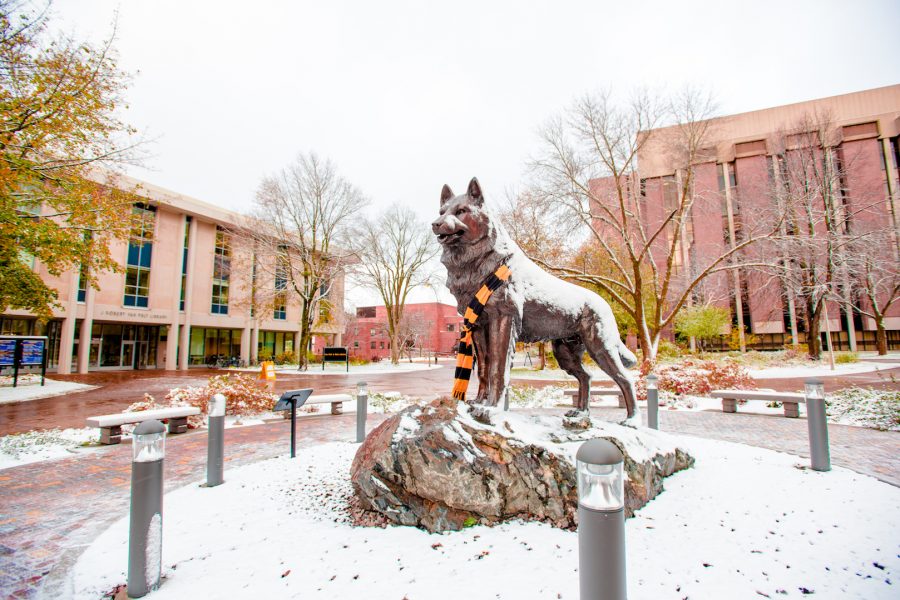
Michigan Tech has suspended face-to-face instruction, effective March 16, 2020. The University has released a series of protocols concerning travel, remote work, and large gatherings. Emails have been sent to students and faculty. For more information & updates, visit mtu.edu/covid-19.
Message to the Campus Community
Read President Koubek’s full message to faculty, staff, and students.
Message to Students
Read Important COVID-19 Update to students from Bonnie Gorman, Dean of Students and Vice President of Student Affairs
Important Information for Students
Protocols, updates, and answers to frequently asked questions.
Michigan Tech Updates
The University is working closely with the Western Upper Peninsula Health Department and following the guidance of the CDC in monitoring COVID-19 developments. We have a pandemic preparedness plan in place, and six University task forces have convened to prepare for and respond to implications and impacts for the campus community. More information and updates at mtu.edu/covid-19
More about the Novel Coronavirus (COVID-19)
An outbreak of a respiratory disease caused by a novel (new) coronavirus named “2019 Novel Coronavirus” or “COVID-19” is affecting a large number of countries around the world, including the United States, where it has been declared a National Emergency. The US Centers for Disease Control and Prevention (CDC) is closely monitoring developments and travel advisories are in place.
